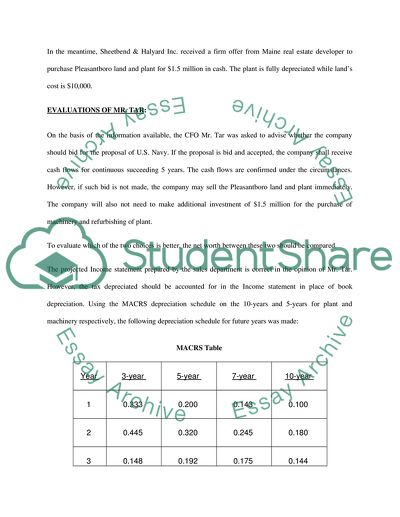Cite this document
(“MBA Accounting and Managerial Finance Essay Example | Topics and Well Written Essays - 3500 words”, n.d.)
MBA Accounting and Managerial Finance Essay Example | Topics and Well Written Essays - 3500 words. Retrieved from https://studentshare.org/finance-accounting/1638811-mba-accounting-and-managerial-finance
MBA Accounting and Managerial Finance Essay Example | Topics and Well Written Essays - 3500 words. Retrieved from https://studentshare.org/finance-accounting/1638811-mba-accounting-and-managerial-finance
(MBA Accounting and Managerial Finance Essay Example | Topics and Well Written Essays - 3500 Words)
MBA Accounting and Managerial Finance Essay Example | Topics and Well Written Essays - 3500 Words. https://studentshare.org/finance-accounting/1638811-mba-accounting-and-managerial-finance.
MBA Accounting and Managerial Finance Essay Example | Topics and Well Written Essays - 3500 Words. https://studentshare.org/finance-accounting/1638811-mba-accounting-and-managerial-finance.
“MBA Accounting and Managerial Finance Essay Example | Topics and Well Written Essays - 3500 Words”, n.d. https://studentshare.org/finance-accounting/1638811-mba-accounting-and-managerial-finance.


